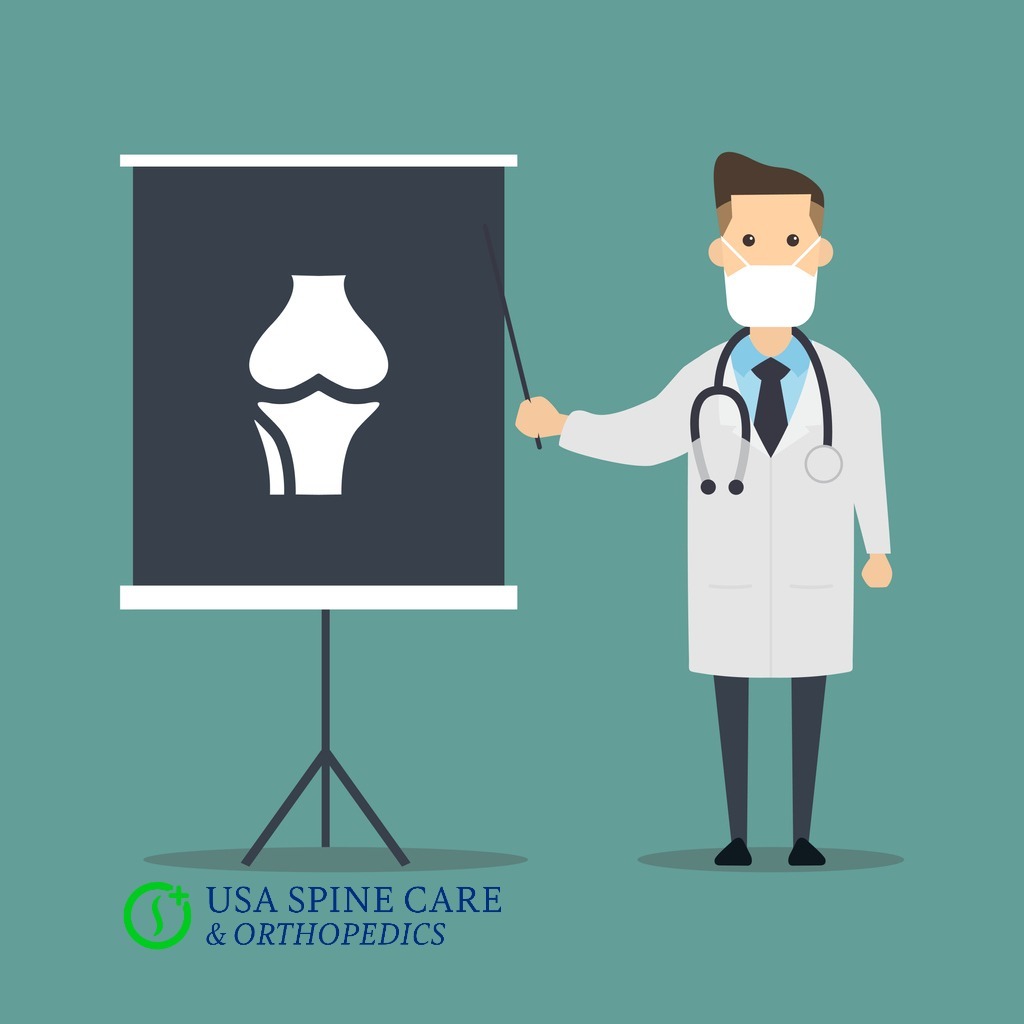- Conditions
- Procedures
- Patient care
- Why choose us
- Our Doctors
- Contact
Painful Knee Conditions Overview

Learn about knee anatomy and sources of chronic knee pain
Knee pain caused by an injury or degenerative condition can be particularly frustrating, because for many, it often means having to stop favorite sports or hobbies or diminished productivity at work. It can also lead to uncertainty and anxiety regarding when to seek professional help, what kinds of treatments to pursue or when to consider surgery.
One of the best things anyone can do is to keep a positive and proactive attitude. While knee pain can be debilitating, there are effective treatment options for most injuries and conditions. By learning more about how the knee works and the factors that lead to chronic pain, you can give yourself the best chance of a healthy outcome that gets you back to a more active lifestyle.
Take a moment to read over the following overview of knee conditions and injuries that we treat here at USA Spine Care. We’ll be happy to answer any questions you have and invite you to reach out at any time.
Overview of the knee
The knee is probably one of the most familiar joints in our body. As a prominent connection between the upper and lower legs, they are highly visible and noticeable as we rely on our knees to perform nearly any major movement. The knees are also distinct for being the largest joints in the body, which is needed to support the sheer amount of weight that bears down on each knee with every step.
Due to the range of movement required for standing, sitting, walking, climbing, running and jumping, the knee is also a highly complex joint. There are four primary bones that link together to form the knee, these are:
- The femur, also known as the upper leg bone
- The tibia, commonly called the shin bone
- The fibula, a smaller bone which runs along the outside of the tibia
- The patella, or kneecap, that sits above the knee joint and protects it
These bones are connected and cushioned by a complex array of ligaments, muscles, tendons, pieces of cartilage and lubricating synovial tissue and fluids. The major ligaments that bind the knee together while allowing for flexibility are:
The anterior cruciate ligament — Also known as the ACL, this ligament joins the tibia to the femur on the front of the knee joint, providing stability and preventing sliding.
The posterior cruciate ligament — This ligament crosses behind the ACL and serves a similar stabilizing role but is less prone to injury.
The medial and lateral collateral ligaments — Known respectively as the MCL and the LCL, these ligaments link the knee on both sides of the kneecap, preventing side-to-side sliding.
Another important piece of anatomy is the meniscus. This is a piece of tough rubbery cartilage, shaped roughly like a c, that helps provide cushioning and range of motion to the knee.
Why knee pain is so common
Many complications and knee injuries develop due to a combination of the tremendous stress the knees withstand and natural changes caused by the aging process. It is estimated that your knees incur three times the force of the body weight we place on them with each step. This can be compounded by activities that put added stress or weight on the knees, or require sudden changes in direction.
Along with this, the soft tissue that protects and stabilizes the knee tends to wear down with age. Cartilage and tendons become brittle, making them more prone to tearing, while also causing increased bone on bone contact that leads to joint inflammation and arthritis.
While no one can reverse the natural aging process or totally protect themselves from injury there are steps anyone can take to promote knee health and lower injury risk. This includes managing weight, practicing good posture and biomechanics, staying hydrated, stretching before strenuous activity and eating a nutrient-rich diet.
The knee injuries and conditions our orthopedic experts treat
There are a wide range of specific knee injuries and conditions that can occur, but some of frequently diagnosed include:
- Torn meniscus — The meniscus can develop painful and debilitating tears on both the inner and outer parts of this piece of cartilage. Some tears can be treated with conservative therapy while others may require surgery.
- Torn ligaments — Any of the ligaments in the knee can become torn due to sudden trauma or repetitive movements. The most common injuries occur to the ACL and MCL.
- Osteoarthritis of the knee — Osteoarthritis is joint inflammation caused by natural degeneration of protective cartilage and increased friction. The knee is a common location due to the amount of stress the knees endure.
- Articular cartilage damage — Injuries and other factors can cause the protective cartilage in the knee to become damaged beyond age-related breakdown. This can result in knee pain and severely limited range of motion.
- Synovial tissue damage — The synovial membrane surrounds joints in our body and contains lubricating synovial fluid. The knee is a synovial joint that is particularly prone to damage of this type of tissue due to repetitive wear and sudden trauma.
- Bone and cartilage fragments — Also called loose bodies, this is when a serious injury causes small fragments of bone to be suspended in the synovial fluid of the knee joint. Like other injuries the result can be painful and cause loss of mobility.
Reach out to our caring and dedicated team today
No matter what the cause of your knee pain is, the caring and dedicated team at USA Spine Care can help. From our talented physical therapists to our world-class orthopedic surgeons, we have an interdisciplinary team that can help you create the care plan to help you recapture your quality of life and activity level.
Contact us today to learn more. Call toll free 1-866-249-1627.
